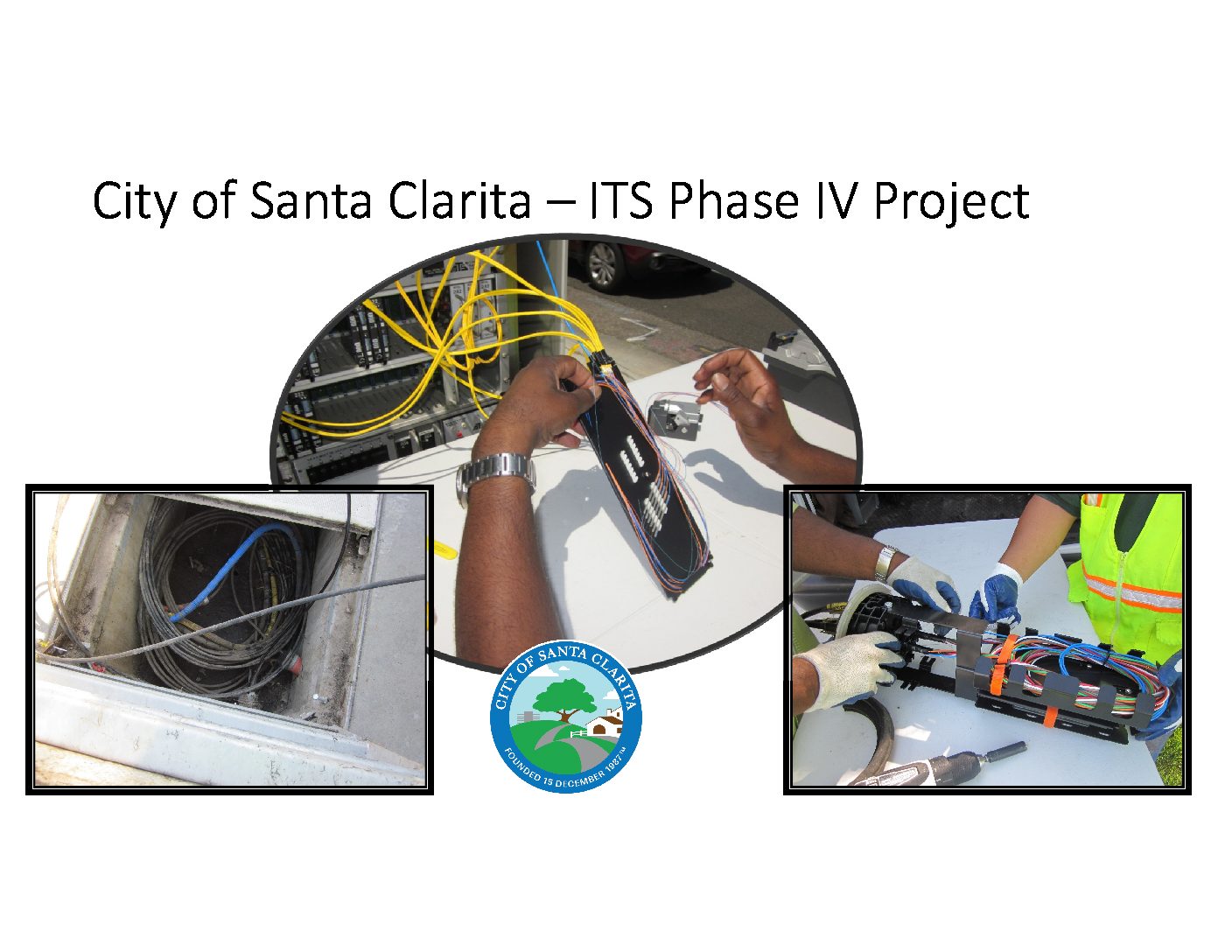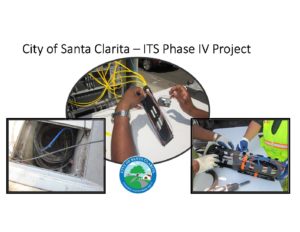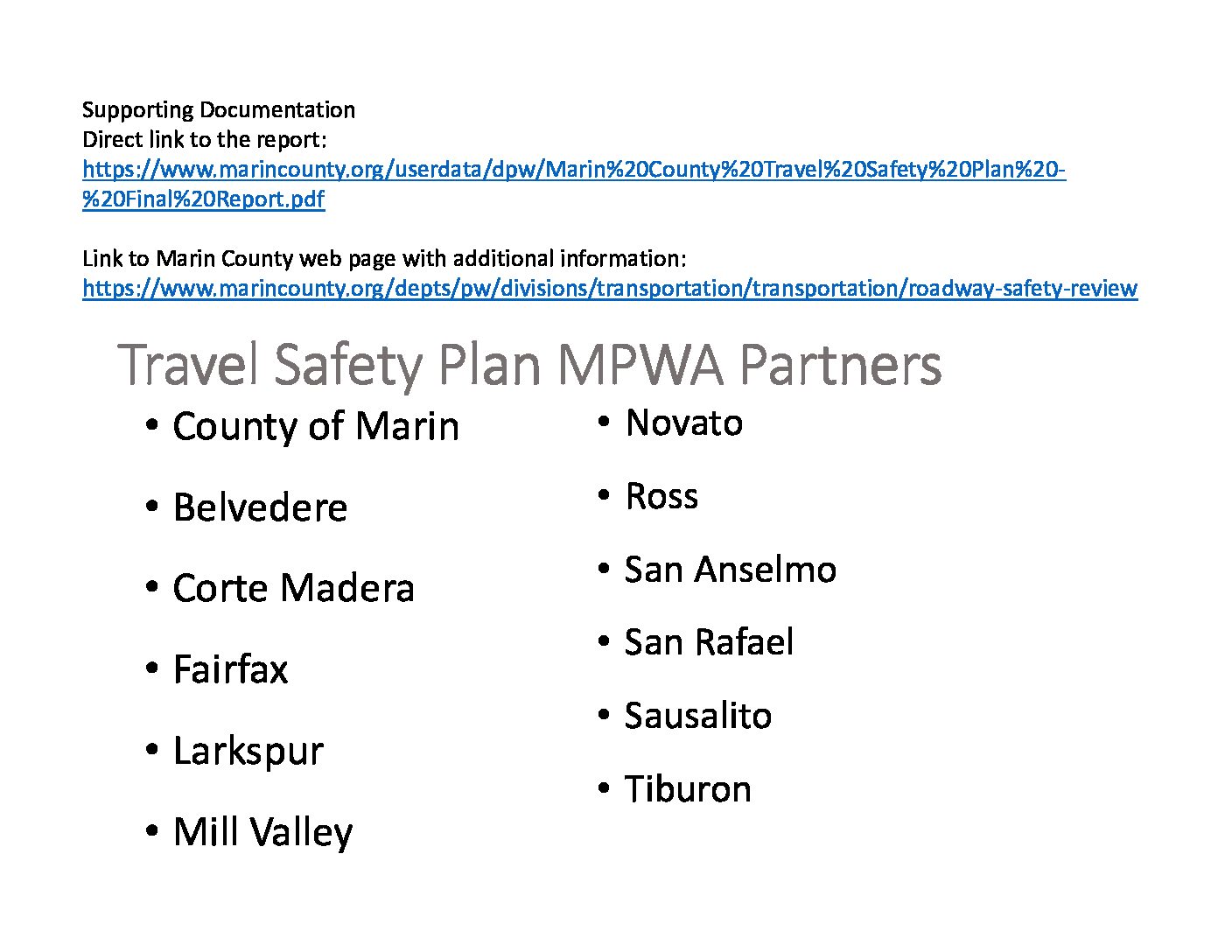ITS Phase IV
Location
Various locations
City or County Responsible for Project
City of Santa Clarita
Category
Safety or Intelligent Transportation System Projects
Author
Damon Letz
City of Santa Clarita – Public Works
23920 Valencia Boulevard Suite 304, Santa Clarita, CA 91355
661-255-4982
Project Description
In February 2015, the City of Santa Clarita executed a Letter of Agreement with the Los Angeles County Metropolitan Transportation Authority after successfully responding to the Metro Call for Projects to obtain Proposition C grant funds for the design and construction of the Intelligent Transportation System (ITS) Phase IV. The ITS Phase IV project builds upon the successes of the ITS Phases I-III previously completed. This phase installed the necessary infrastructure to continue expanding traveler information data collection, integration, and dissemination systems. The goal was to enhance the existing communication system by installing detection equipment and adaptive traffic signal systems at various intersections. The project included installing system detection at 10-intersections, re-synchronizing traffic signals at 39-intersections, deploying an adaptive traffic signal performance measurement system at 12 intersections and implementing a fiber optic interconnect system between 19-intersections. The ITS Phase IV interconnect gap closure and signal synchronization will continue to improve the City’s congestion management program. The synchronizing of traffic signals on high volume arterials will give vehicles as many consecutive green lights as possible. By closing gaps in the City’s network and installing fiber optic equipment along select corridors, this project created a redundant, hardwired communication system, which will allow the City to manage traffic operations more effectively. The project also deployed an adaptive traffic signal performance measurement system on select routes for the City to better optimize the timing on the routes. Finally, the project added additional system detection to expand the City’s ability to actively manage traffic and add routes for arterial travel time data collection and analysis. The design of the project also provided the City with a 15-year Traffic and ITS Master Plan and Budget Analysis. In 2004, a Master Plan was developed, summarizing alternatives available to develop the systems implemented during ITS Phases I-III. New comprehensive traffic signal and ITS master plans were needed to address citywide transportation service delivery needs. The City intends to identify and deploy the most cost-effective and maintainable traffic signal and ITS infrastructure to meet local and regional needs. It is intended to develop a road map that will guide the City through the next 15 years in the development and deployment of the traffic signal and ITS systems for operation, maintenance, and management. This project achieves sustainability through expanded traffic signal communications infrastructure that improves travel times, reduces vehicle emissions, and allows City staff to collect and review critical data needed better manage the traffic signal network. This project also enables City staff to maintain a proactive approach to public safety through expanded control of traffic signal operations.





Add Comment